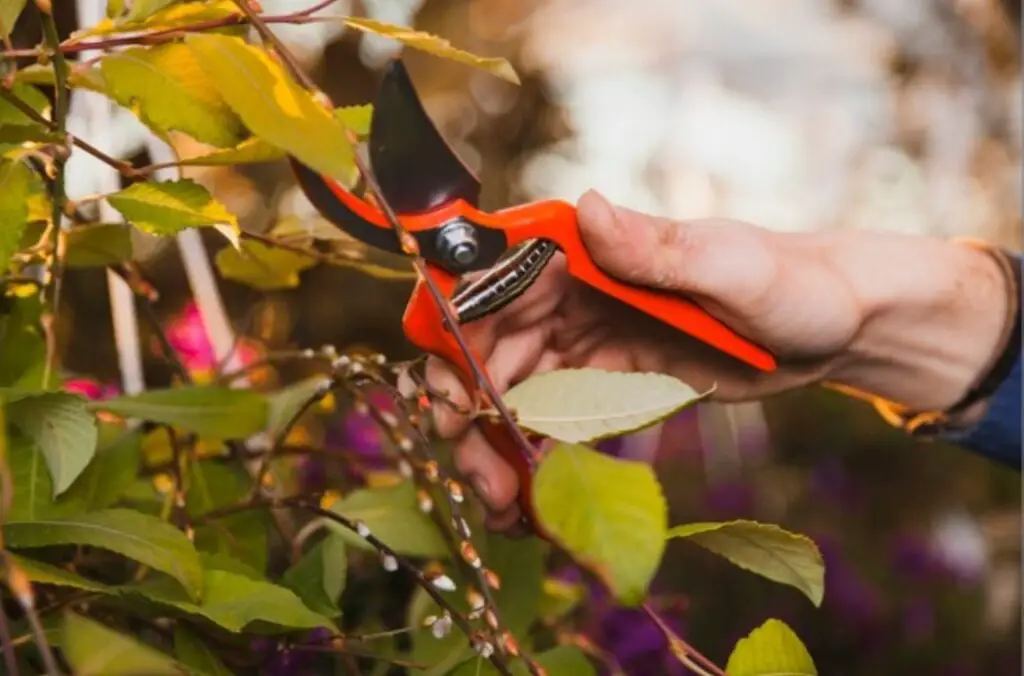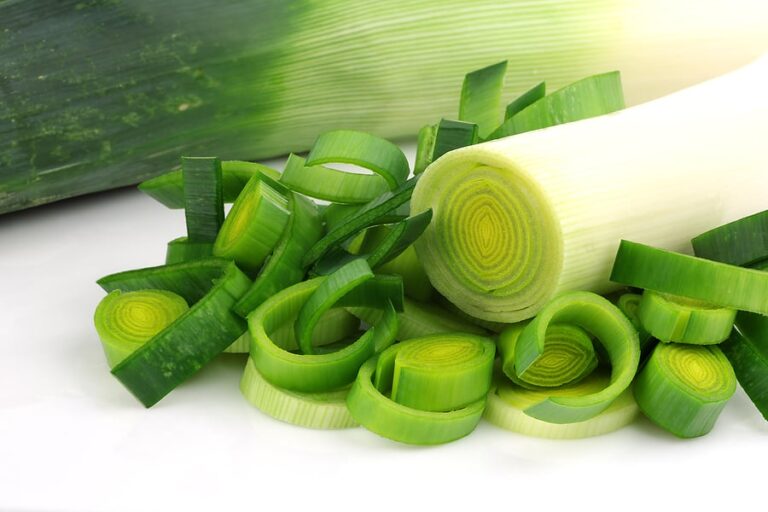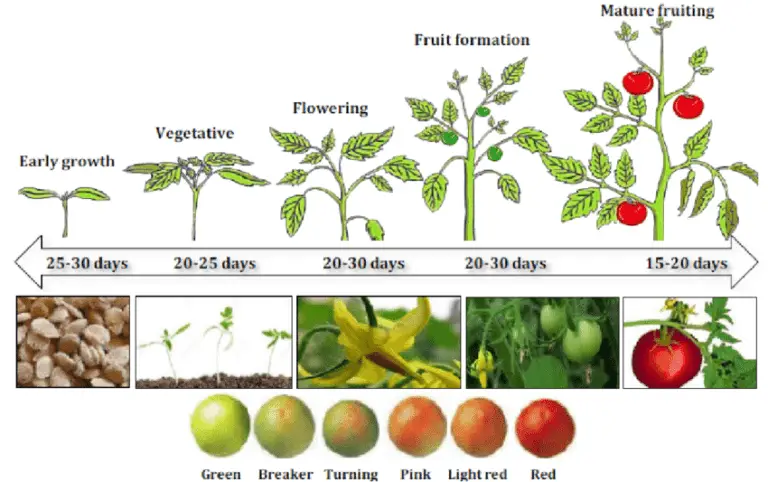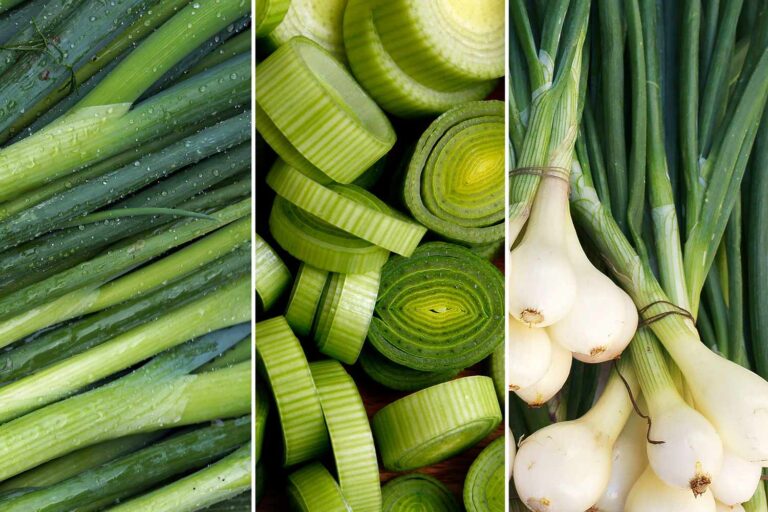How to Prepare Your Garden for Winter: A Checklist for Every Gardener
Table of Contents
Heading 2: Assessing Your Garden’s Needs
Assessing the needs of your garden is an essential step towards maintaining a healthy and vibrant outdoor space. By carefully evaluating the current state of your garden, you can identify areas that require attention and make informed decisions about the necessary steps to take.

Start by observing the overall condition of your plants, taking note of any signs of disease, pest infestations, or nutrient deficiencies. Look for wilted leaves, discoloration, or abnormal growth patterns. Additionally, assess the moisture levels of the soil and check for any signs of over or under watering. These initial evaluations will help you determine the specific needs of your garden and guide you in developing a comprehensive plan for its care.
To gather more specific information, consider conducting soil tests, which can provide valuable insights into the nutrient composition and pH levels of your soil. These tests can help you determine if any amendments are needed to promote optimal plant growth. Additionally, assess the availability of sunlight in different areas of your garden as it will influence the selection of plants and the placement of containers.
By assessing your garden’s needs, you lay the foundation for successful maintenance and growth. Armed with this knowledge, you can proceed to the subsequent steps of clearing out annual plants and vegetables, pruning perennial plants, protecting delicate plants and shrubs, and implementing other necessary measures to prepare your garden for the winter season.
Heading 2: Clearing Out Annual Plants and Vegetables
Clearing out annual plants and vegetables is an essential task for any gardener looking to prepare their garden for the winter season. As temperatures drop and frost becomes a concern, it is crucial to remove these plants to make way for new growth in the spring. By clearing out annual plants and vegetables, you not only create space for future planting but also eliminate potential diseases and pests that may have taken hold during the growing season.

Start by identifying which plants are annuals in your garden. Annuals are plants that complete their life cycle within a single year, meaning they will not come back next year. Once identified, carefully remove these plants from the soil, ensuring you also remove any weeds that may have grown alongside them. Pull the plants out gently, being mindful of the roots, and dispose of them properly. Remember to also clear away any fallen leaves or debris from the garden bed, as these can harbor pests and diseases as well.
By clearing out annual plants and vegetables, you are taking proactive steps to maintain the health and productivity of your garden. This simple task sets the stage for a successful spring season, ensuring that your garden remains a vibrant and thriving space for years to come. So don’t delay, roll up your sleeves, and get ready to clear out those annuals and vegetables to make way for a fresh start next season.
Heading 2: Pruning Perennial Plants
Pruning perennial plants is an essential task to maintain the health and vigor of your garden. By selectively removing dead, damaged, or overgrown branches, you can stimulate new growth and improve the overall appearance of your plants. Additionally, pruning can help increase airflow and sunlight penetration, reducing the risk of disease and promoting better flowering.

When it comes to pruning perennials, timing is crucial. Most experts recommend pruning in late winter or early spring before new growth emerges. However, it’s important to note that not all perennials require the same pruning regime. Some may benefit from a complete rejuvenation pruning, while others may only need a light trim.
Before you start pruning, make sure to wear appropriate protective gear such as gloves and safety glasses. Begin by removing any dead or damaged branches, cutting them back to healthy tissue or the base of the plant. For overgrown perennials, consider thinning out crowded areas to improve airflow and create a more open structure. Be sure to use clean and sharp pruning tools to make clean cuts and minimize the risk of infection.
Ultimately, by taking the time to properly prune your perennial plants, you’ll be rewarded with healthier and more vibrant growth come springtime. However, it’s always a good idea to research specific pruning requirements for each plant variety or seek guidance from a local horticulturist or gardening expert.
Heading 2: Protecting Delicate Plants and Shrubs
During the winter months, delicate plants rubs require extra protection to withstand the harsh weather conditions. Frost and freezing temperatures can cause significant damage to these vulnerable plants, leaving gardeners with a wilted and unsightly landscape come spring. Therefore, it is crucial to take proactive measures to shield these plants from the cold and ensure their survival.
| Plant/Shrub | Protection Method |
|---|---|
| Roses | Mulch around the base during winter |
| Ferns | Cover with burlap in frost-prone areas |
| Azaleas | Shield from harsh sun with shade cloth |
| Hydrangeas | Provide windbreak to prevent winter desiccation |
One effective method is to create a barrier using burlap or frost cloth around the plants. This protective covering acts as a shield against the cold winds and helps to retain some heat generated by the soil. It is important to securely fasten the covering, ensuring it does not blow away in strong winds. Additionally, applying a layer of mulch around the base of the plants helps to provide insulation and retain moisture in the soil, which is crucial during winter months when the ground tends to dry out. By implementing these protective measures, gardeners can safeguard their delicate plants and shrubs, promoting their health and longevity.
Heading 2: Mulching and Insulating Flower Beds
Mulching and insulating flower beds is an essential step in preparing your garden for the winter months. By providing a protective layer over the soil, mulching helps to retain moisture, regulate soil temperature, suppress weed growth, and prevent erosion. There are various types of mulch you can use, such as wood chips, straw, shredded leaves, or compost. The choice of mulch will depend on your specific garden needs and the plants you have.
| Flower Bed Type | Mulching Method | Insulation Technique |
|---|---|---|
| Perennial Beds | Apply 2-4 inches of organic mulch in spring | Use straw or shredded leaves as winter insulation |
| Annual Beds | Refresh mulch layer every 1-2 months | Install frost blankets during cold nights |
| Rose Gardens | Mulch with compost in early spring | Mound soil around the base for winter protection |
| Bulb Gardens | Mulch with straw after bulbs bloom | Cover with a thick layer of leaves in late fall |
When applying mulch, make sure to spread it evenly around the base of your plants, taking care not to mound it against the stem or trunk. This can lead to rot and disease. Aim for a mulch depth of 2-4 inches, which will provide ample insulation for your flower beds. Additionally, consider using an organic mulch, as it will break down over time, enriching the soil with nutrients.
In addition to mulching, it’s also important to insulate your flower beds to protect the roots of your plants from freezing temperatures. One way to do this is by using a layer of straw or dead leaves as a protective covering. This will act as a blanket, trapping heat and preventing extreme temperature fluctuations in the soil. Another option is to install temporary windbreaks or erect a cold frame to shield your plants from harsh winter winds. By taking these measures, you can ensure that your flower beds remain healthy and ready to flourish when spring arrives.
Heading 2: Preparing the Soil for Winter
Preparing the soil for winter is an essential task that ensures the health and vitality of your garden in the coming spring. As the temperature drops and the growing season comes to an end, it’s important to take steps to protect your soil from harsh winter conditions.
One crucial step in preparing the soil for winter is removing any weeds or decaying plant matter. Weeds can continue to grow and spread even in colder temperatures, competing with your desired plants for nutrients and water. By removing weeds and decaying plant matter, you reduce the risk of disease and improve the overall health of your soil. Additionally, clearing out these materials helps to prevent them from harboring pests or providing a breeding ground for harmful organisms.
Another important consideration when preparing your soil for winter is adding organic matter. The winter months can strip the soil of essential nutrients, so replenishing it with compost or well-rotted manure can help restore its fertility. Organic matter improves the soil’s structure, allowing for better water retention and aeration, and provides a rich source of nutrients for plants to access when the growing season resumes. By incorporating organic matter into your soil now, you give it ample time to break down and nourish your garden before spring arrives.
Preparing the soil for winter is a proactive measure that sets the foundation for a successful growing season next year. By removing weeds and decaying plant matter and enriching the soil with organic matter, you can safeguard your garden’s health and productivity. Take the time to prepare your soil now, and you’ll reap the rewards when the warmer weather returns.
Heading 2: Cleaning and Storing Garden Tools
Cleaning and properly storing garden tools is an important task that should not be overlooked. Not only does it help to prolong the lifespan of your tools, but it also ensures that they are in good condition and ready for use when the next gardening season rolls around.
To begin, start by removing any dirt, mud, or debris from the tools. Using a stiff brush or a sponge, scrub away any stubborn grime. For tools with wooden handles, wipe them down with a damp cloth to remove any dirt or sap residue. It is also a good idea to sanitize your tools by wiping them down with a mixture of water and bleach or rubbing alcohol. This helps to kill any harmful bacteria or fungi that may be present.
Once your tools are clean, it is important to dry them thoroughly to prevent rusting. After all, moisture is a tool’s worst enemy. Allow the tools to air dry completely before moving on to the next step. Once dry, you can apply a light coat of oil to the metal parts of the tools to further protect them from rust.
Now that your tools are clean and dry, it’s time to store them properly. One option is to hang them on a pegboard or hooks, keeping them off the ground to prevent any potential damage. Another option is to store them in a clean bucket or container, filling it with sand or gravel to keep the tool handles upright and prevent them from touching each other. This will help to maintain the shape and integrity of the tools while also preventing any accidental injuries.
By taking the time to clean and store your garden tools properly, you are ensuring that they will be in top condition when you need them again. Not only will this save you money in the long run by avoiding the need for frequent tool replacements, but it will also make your gardening tasks much more enjoyable. So, don’t forget to give your tools a little TLC at the end of each season – they’ll thank you for it!
Heading 2: Removing Debris and Weeds
Removing debris and weeds is an essential task in maintaining a healthy and thriving garden. As the seasons change, it is important to clear away any fallen leaves, branches, and other debris that may have accumulated in your garden beds. Not only does this improve the overall appearance of your garden, but it also prevents the buildup of decaying organic matter that can harbor pests and diseases.
In addition to debris, weeds can quickly take over your garden if left unchecked. These unwanted plants compete with your desirable plants for vital resources such as nutrients, water, and sunlight. Regularly removing weeds helps ensure that your plants have the space and resources they need to grow. Whether you choose to hand-pull weeds or use a gardening tool, make sure to remove them completely, including their roots, to prevent regrowth. By diligently removing debris and weeds, you are taking proactive steps towards maintaining a clean and healthy garden environment.
Heading 2: Draining and Winterizing Water Features
Draining and winterizing water features is an essential task to protect your garden during the colder months. Properly preparing your water features can prevent damage caused by freezing temperatures and ensure they are ready for use in the spring.
Begin by draining the water from your ponds, fountains, and birdbaths. Use a pump or siphon to remove the water and debris, making sure to clean the features thoroughly. It’s important to remove any plants or fish from your ponds and provide appropriate winter care for them. In areas with severe winters, it may be necessary to completely drain the pond to prevent freezing and damage.
Next, take measures to protect your water features from freezing. Install a floating deicer in your pond to keep a small area of water open for gas exchange. This will prevent harmful gases from building up and damaging fish. For fountains and birdbaths, consider covering them with a tarp or moving them to a sheltered location to protect them from freezing temperatures and potential cracking.
By properly draining and winterizing your water features, you can ensure their longevity and prevent costly repairs. Taking the time to prepare now will allow you to enjoy the beauty of your water features in the coming seasons without worry.
Heading 2: Checking and Repairing Fences and Structures
Maintaining the integrity of fences and structures in your garden is vital to ensure the safety and security of your plants. As winter approaches, it is essential to assess the condition of your fences and structures and make any necessary repairs or replacements. Start by examining the entire perimeter of your garden and check for any signs of damage or weakness. Look for loose boards, broken wires, or sagging sections that may compromise the structure’s stability.
Repairing fences and structures promptly is crucial to prevent further damage and potential hazards. Replace any damaged boards, nails, or screws, reinforcing weak points to ensure the stability and longevity of your fence. It’s also a good idea to inspect any gates or latches and make any necessary adjustments to ensure they function properly. By taking the time to assess and repair your garden’s fences and structures, you are not only enhancing the visual appeal of your outdoor space, but also providing a safe and secure environment for your plants to thrive.
Heading 2: Maintenance of Garden Containers
Garden containers can add both function and beauty to your outdoor space. Whether you have a small balcony or a large backyard, maintaining your garden containers is essential for the health and vitality of your plants. Regular maintenance not only keeps your containers looking their best, but it also helps prevent diseases and pests from taking hold.
First and foremost, it is important to clean your garden containers regularly. This includes removing any dead or decaying plant material, as well as rinsing out the containers with a mild detergent to remove any built-up residue. Cleaning your containers not only improves their appearance, but it also helps to prevent the spread of diseases and pests that can harm your plants. Additionally, inspecting your containers for any signs of wear, such as cracks or chips, is important to address early on to prevent further damage.
Heading 2: Monitoring and Preventing Pest Infestations
Pest infestations can be a major concern for gardeners, as they can cause significant damage to plants and disrupt the overall health of your garden. To ensure the well-being of your plants, it is crucial to establish effective monitoring and prevention strategies.
Regularly inspecting your garden is essential for early detection of pests. Take the time to carefully examine your plants for any signs of damage, such as holes in leaves, chewed stems, or wilting. Look out for common garden pests like aphids, spider mites, and caterpillars, as well as signs of disease. It’s also important to pay attention to the health of your soil, as certain nutrient deficiencies can attract pests. By monitoring your garden closely, you’ll be able to identify and address pest issues before they escalate.
Preventing pest infestations begins with creating a healthy and balanced ecosystem in your garden. Encourage biodiversity by planting a variety of native plants, which will attract beneficial insects that feed on pests. Additionally, practicing good sanitation by removing dead plants and weeds can eliminate potential hiding places for pests. You may also consider using organic pest control methods, such as introducing beneficial insects or using natural deterrents like neem oil or garlic spray. By implementing these preventive measures, you can minimize the risk of pest infestations and promote a thriving garden.
Heading 2: Planning for Spring: Preparing Your Garden for the Next Season
When winter comes to a close and spring emerges, it’s time to start preparing your garden for the new season. Planning ahead and taking the right steps will ensure that your garden thrives and blooms beautifully. One essential aspect of preparing for spring is to assess your garden’s needs. Take a close look at your plants, soil, and any changes that might need to be made. Are there any areas that need more sunlight or shade? Do you need to adjust the pH levels of your soil? By conducting a thorough assessment, you can address any issues early on and provide your garden with the proper care it needs.
Once you’ve assessed your garden’s needs, the next step in preparing for spring is to clear out any annual plants and vegetables that have reached the end of their lifecycle. Removing these plants will create space for new growth and prevent them from harboring diseases or pests. Be sure to properly dispose of any plant debris to avoid spreading diseases or attracting unwanted critters. Additionally, consider composting your plant waste to create nutrient-rich soil for future use. By clearing out and tidying up your garden, you’ll give your new plants a clean and healthy environment to flourish in.
For further details check out the vedio given below:
When is the best time to start preparing my garden for spring?
It is recommended to start preparing your garden for spring in the late winter or early spring, before the growing season begins.
How do I assess the needs of my garden?
Assessing your garden’s needs involves evaluating the health of your plants, checking for any signs of pests or diseases, and determining if any areas need additional soil amendments or fertilizers.
Why is it important to clear out annual plants and vegetables?
Clearing out annual plants and vegetables helps create space for new growth in the spring and prevents the spread of diseases or pests that may have affected the previous plants.
How do I prune perennial plants?
Pruning perennial plants involves removing any dead or damaged branches, shaping the plant for optimal growth, and promoting airflow to prevent disease.
How can I protect delicate plants and shrubs from harsh winter conditions?
You can protect delicate plants and shrubs by covering them with burlap or other protective materials, using plant covers or cloches, and providing additional insulation with mulch or straw.
Why is mulching and insulating flower beds important?
Mulching and insulating flower beds help regulate soil temperature, retain moisture, suppress weed growth, and protect the roots of plants during winter.
What should I do to prepare the soil for winter?
To prepare the soil for winter, you can add organic matter such as compost or manure, remove any weeds or debris, and consider using cover crops or mulch to protect the soil.
How should I clean and store my garden tools?
Clean your garden tools by removing any dirt or debris, disinfecting them if necessary, and storing them in a dry place to prevent rust or damage.
Why is it important to remove debris and weeds from the garden?
Removing debris and weeds helps improve the overall appearance of the garden, reduces the risk of pests and diseases, and allows for better plant growth in the spring.
How can I drain and winterize water features in my garden?
To drain and winterize water features, you should remove any pumps or filters, drain the water, clean the features, and cover them to prevent damage from freezing temperatures.
What should I check and repair in terms of fences and structures in the garden?
You should check and repair any damaged or loose fencing, gates, trellises, or other garden structures to ensure they are secure and will withstand winter weather conditions.
How do I maintain garden containers during winter?
Maintain garden containers during winter by removing dead plants, cleaning the containers, and either storing them indoors or insulating them with bubble wrap or burlap.
How can I monitor and prevent pest infestations in my garden?
Monitoring and preventing pest infestations involve regularly inspecting plants for signs of pests, using organic pest control methods, and practicing good garden hygiene.
What are some additional tips for planning and preparing my garden for the next spring season?
Some additional tips include organizing your garden tools and supplies, researching and selecting new plants to incorporate, and creating a garden maintenance schedule for the upcoming season.







